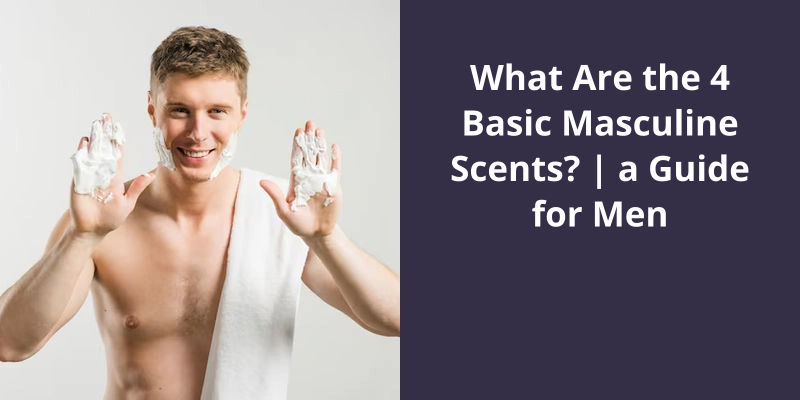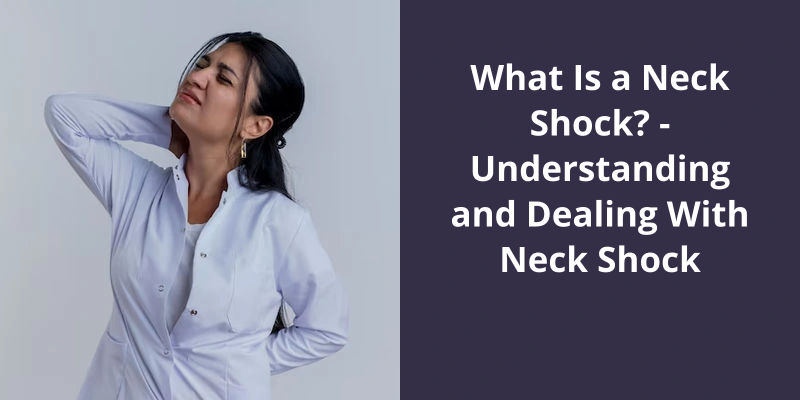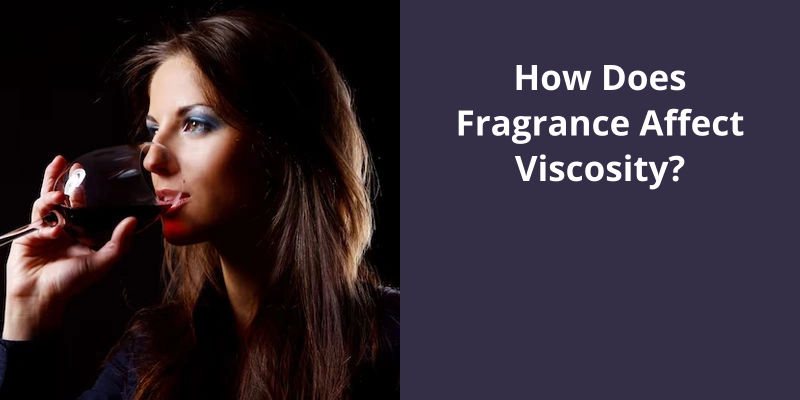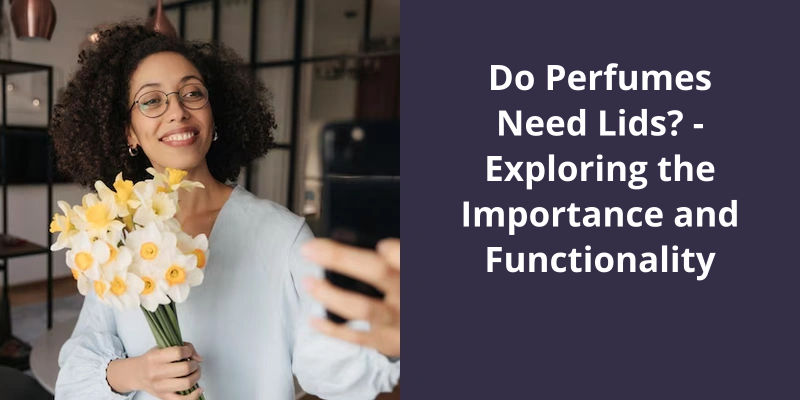In the world of perfumes, the term “toilette” refers to the concentration of fragrance oils in a perfume. Specifically, eau de toilette (EDT) is a type of perfume which is not as heavily concentrated as eau de parfum (EDP). Therefore, eau de toilette tends to be lighter and typically doesn’t last as long on the skin. It’s a perfect choice for those who prefer a less overpowering scent. This term can also be associated with a vanity set including grooming and cosmetic products, however, within the context of perfume, it points to the strength of the fragrance.
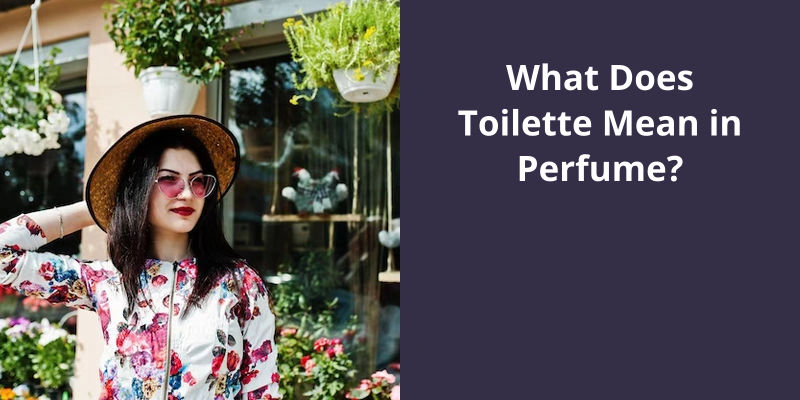
What Is the Difference Between Eau De Toilette and Eau?
When it comes to perfume, the terminology can be confusing. One common question is what exactly does “toilette” mean? In the world of fragrance, “toilette” is derived from the French word for “bathroom” or “toilet.”. It actually refers to the act of washing oneself.
To understand this, it’s important to know that there are different categories of perfume concentrations. One of the most well-known is “eau de toilette.”. The term “eau” means “water” in French, so essentially, “eau de toilette” translates to “water of the toilet.”. However, it’s not as strange as it sounds.
“Eau de toilette” is typically used to describe a less concentrated fragrance. It usually contains a lower percentage of aromatic compounds compared to other perfume concentrations. This means that it will have a lighter scent, and it may not last as long on the skin. It’s often chosen for daytime wear or in warmer weather when a lighter fragrance is preferred.
On the other hand, “eau de parfum” is a more concentrated type of fragrance. It usually contains a higher percentage of aromatic compounds, which gives it a richer scent and greater longevity. It’s considered a more luxurious option and is often chosen for evening wear or special occasions.
While eau de toilette is lighter and less long-lasting, eau de parfum is richer and more intense. Both have their own merits and are suited to different preferences and occasions.
The choice between the two ultimately depends on personal preference and the desired intensity of the scent.
Explaining the Different Categories of Perfume Concentrations
Perfume concentrations refer to the amount of fragrance oils present in a perfume formulation. These concentrations determine the intensity and longevity of the scent. The different categories of perfume concentrations include:
1. Parfum/Extrait de Parfum: This is the highest concentration of fragrance, typically ranging from 20-30%. It’s the strongest and longest-lasting scent.
2. Eau de Parfum (EDP): EDP contains a concentration of fragrance between 15-20%. It’s slightly lighter than parfum but still has good longevity.
3. Eau de Toilette (EDT): EDT has a fragrance concentration of around 10-15%. It’s lighter and more refreshing than parfum or EDP, making it suitable for everyday wear.
4. Eau de Cologne (EDC): EDC has a lower concentration of fragrance, typically ranging from 2-5%. It’s the lightest type of perfume and is often used as a body splash or aftershave.
It’s important to note that the longevity and projection of a fragrance can also vary depending on the specific ingredients and formulation. Therefore, it’s always a good idea to try different concentrations to find the one that suits your preferences and desired intensity.
Many people enjoy wearing Eau De Toilette fragrances on a daily basis. This type of scent is especially popular for everyday use, as it can be worn in various settings such as the office, at home, or while running errands. EDT is a convenient and appealing option for spritzing before heading out for the day, although it’s important to note that it’s lighter aroma may dissipate somewhat over time.
Is Eau De Toilette for Everyday Use?
Perfume enthusiasts are often curious about the different types of fragrances and their suitability for various occasions. When it comes to everyday use, eau de toilette (EDT) is a popular choice. Many individuals prefer EDT as their go-to fragrance for daily wear, regardless of their activities throughout the day.
One of the advantages of EDT is it’s longevity. Although it’s lighter concentration of fragrance oils may cause it to fade slightly over time, it still provides a decent amount of staying power throughout the day. This means that you can spritz on your favorite EDT before stepping out of the door in the morning, and still enjoy it’s delightful aroma for several hours.
Additionally, EDT is designed to be applied to the pulse points, such as the wrists, neck, and behind the ears. This targeted application helps diffuse the fragrance in an elegant and controlled manner, ensuring that it isn’t overpowering. The result is a subtle and refined scent that complements your natural body odor rather than overpowering it.
Furthermore, the versatility of EDT extends to it’s composition. It usually incorporates a harmonious blend of top, middle, and base notes, allowing for a well-rounded and balanced aroma. This makes EDT suitable for all seasons and occasions, giving you the freedom to wear it throughout the year, no matter the weather or the event.
When it comes to the longevity of fragrances, the debate between eau de toilette and eau de parfum has long been discussed. While eau de toilette typically lasts between two and four hours, eau de parfum tends to have a higher concentration and can last up to six hours. The key difference lies in the concentration of fragrance oils, alcohol, and water, ultimately affecting the fragrance’s staying power on the skin.
What Lasts Longer Perfume or Toilette?
The longevity of a fragrance is often a point of consideration when choosing between different types. When it comes to the comparison between perfume and toilette, it’s generally believed that perfume lasts longer. Eau de toilette fragrances usually last between two and four hours. The name “eau de toilette” itself suggests that it’s intended for a shorter duration of wear.
On the other hand, eau de parfum (EDP) has a higher concentration of fragrance than eau de toilette. It typically contains between 15-20% fragrance oils, with lesser amounts of alcohol and water. As a result, EDP fragrances are known to have a longer-lasting effect, usually lasting four to six hours.
Perfume, also known as parfum or extrait de parfum, has the highest concentration of fragrance. With concentrations ranging from 20-30%, perfume delivers a more intense and long-lasting scent. It’s often recognized for it’s potency and ability to linger on the skin for up to eight hours or more.
Additionally, individual preferences and the desired strength of the scent can also play a role in determining the ideal choice between perfume and toilette.
While eau de toilette may be more suitable for a brief outing or a refreshing touch-up throughout the day, eau de parfum and perfume are often favored for special occasions or when one desires a scent that will last for an extended period.
Tips for Making Perfume Last Longer on the Skin
- Apply perfume to moisturized skin.
- Target pulse points, such as wrists, neck, and behind the ears.
- Avoid rubbing the perfume into the skin.
- Layer perfumed products, like body lotion or oil.
- Store perfume in a cool, dark place to preserve it’s quality.
- Consider applying perfume to clothing or hair for lasting scent.
- Avoid spraying too much perfume at once.
- Reapply perfume throughout the day, if necessary.
- Experiment with different fragrance concentrations, like eau de parfum or perfume oil.
- Use fragrance-free products to prevent conflicting scents.
- Consider using a scent primer or fixing spray before applying perfume.
Conclusion
This terminology provides a glimpse into the historical significance and cultural practices tied to perfume, reminding us of the enduring power of personal care and self-expression.


